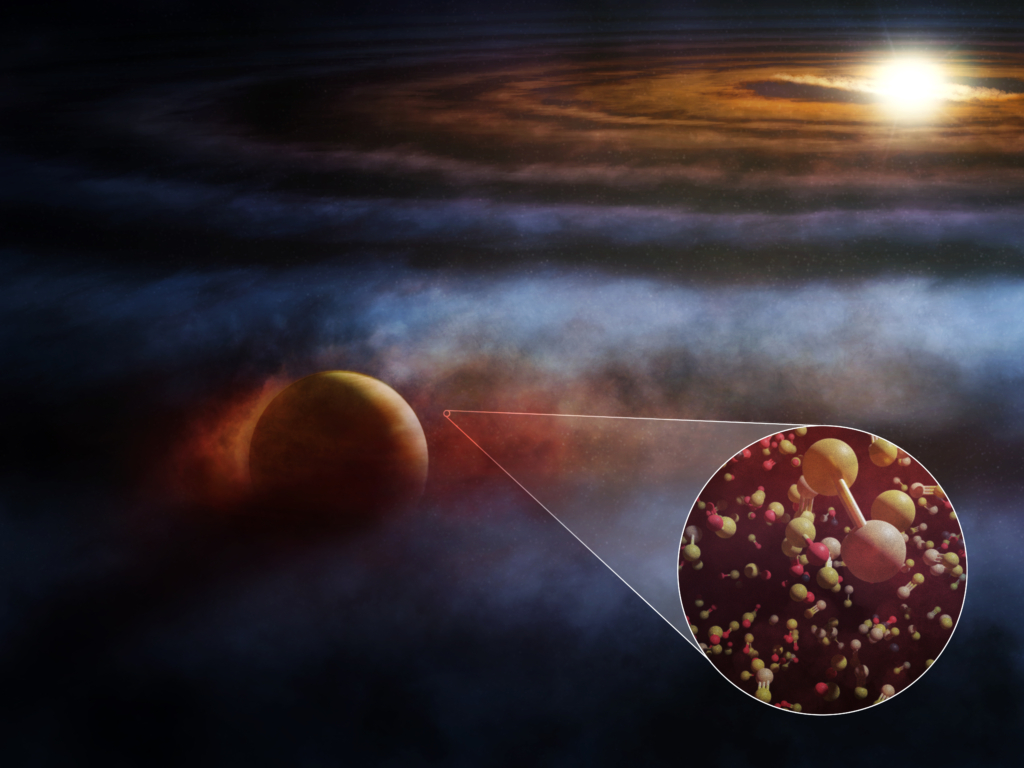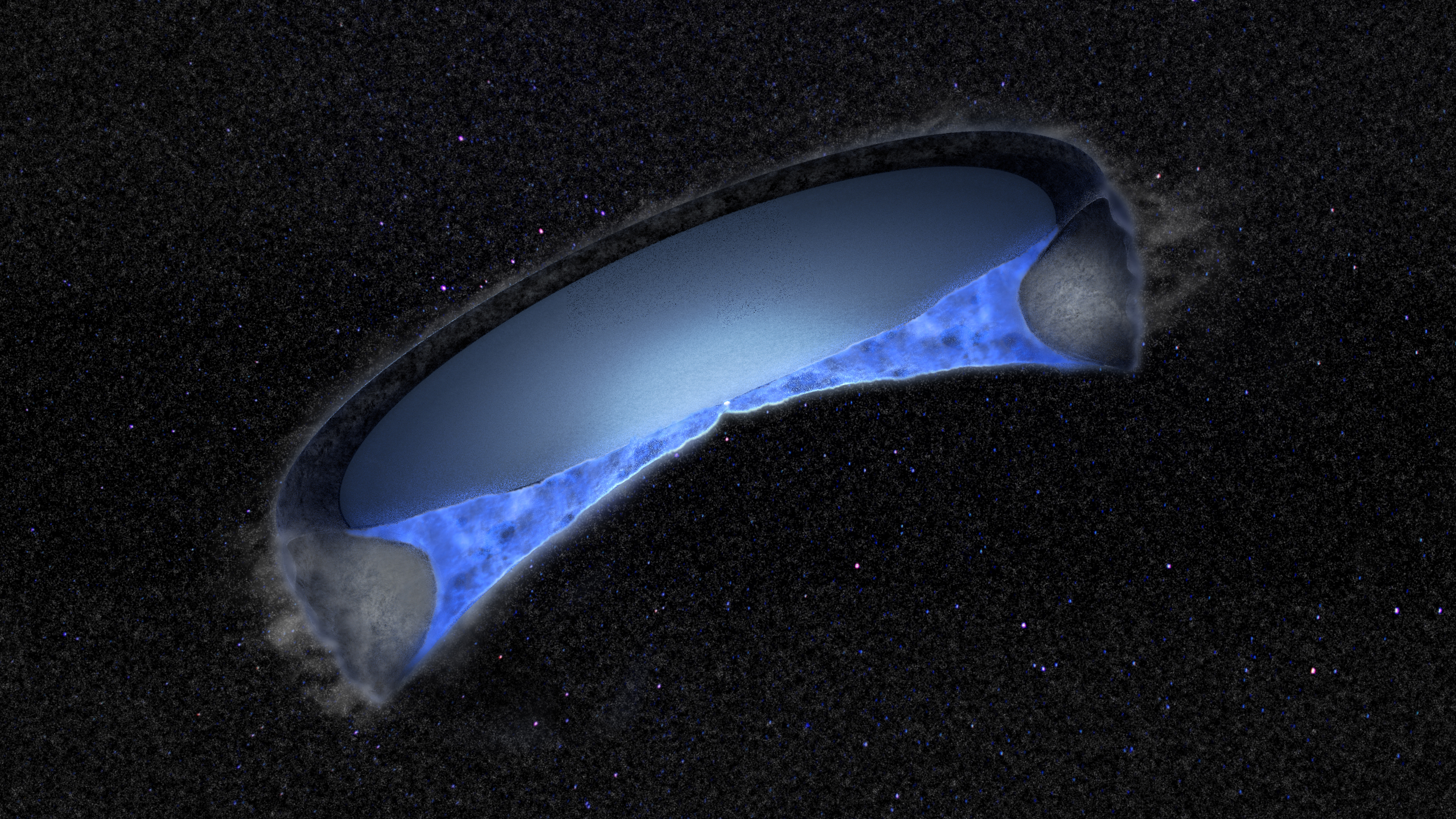
Scientists using the Atacama Large Millimeter/submillimeter Array (ALMA) to study the protoplanetary disk around a young star have discovered the most compelling chemical evidence to date of the formation of protoplanets. The discovery will provide astronomers with an alternate method for detecting and characterizing protoplanets when direct observations or imaging are not possible. The results will be published in an upcoming edition of The Astrophysical Journal Letters.
HD 169142 is a young star located in the constellation Sagittarius that is of significant interest to astronomers due to the presence of its large, dust- and gas-rich circumstellar disk that is viewed nearly face-on...
Read More









Recent Comments